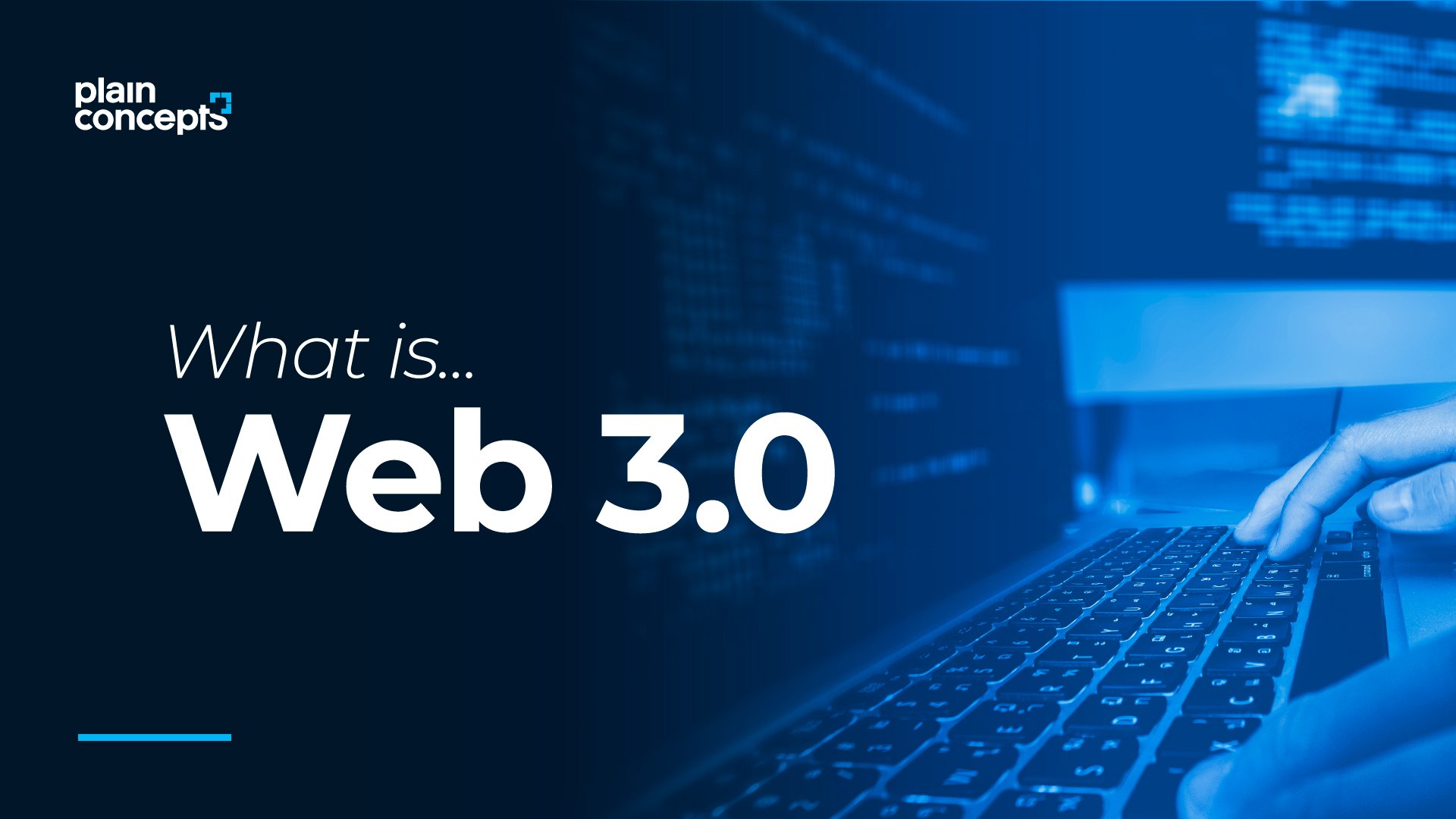Digitization means change – old, tried and tested things are questioned or abandoned, departmental boundaries are partially blown up and redefined. There is no doubt that digitization requires resources and decisions, but also a targeted strategy that serves as a guideline for the entire company.
In the first part of our blog series “Software Solutions in the Era of Digitization”, we have discussed in detail the challenges posed by the digital transformation of a company.
In the second part, we focused on the five most important criteria that lead to successful digitization from an organizational and technical perspective.
With Part 3 we now want to continue our blog series and deal with the structure and characteristics of a powerful digital ecosystem. In this context, we also look at the question of what role cloud-based technologies play in this.
The digital product
When actively shaping the digital transformation in a company, sustainable innovation processes should be established for the business models, especially when digital products are offered to customers.
When designing such an innovation process, we recommend using the methods, patterns and tools of Design Thinking and the Business Model Navigator.

The Add-On Business Model Pattern, for example, addresses these central questions:
- Who is the customer?
- Which market segments should be served?
- What is offered to the customer (value proposition)?
- How is the product/service made available (value chain)?
- How is revenue generated (revenue model)?
The greatest interest should be in making the product available in as many digital channels as possible. This is because the focus is on selling the product on offer, and other factors play a relevant role in this. The customer has to be convinced of the usability, the product scope and the service around the product before he makes the “buy” action.
The level of digitization of their own products should therefore be as high as possible. Here is what this means in detail:
- Increase of digital usability: How can customers be supported in specific situations with the help of the product. Smart products offer higher added value for their customers. In the best case this can be achieved with computing power.
- Networking with the environment: The possibility of networking with other IoT devices in the environment (sensors, etc.) increases the information and communication technology of the product. In addition, in times of digitization and vying for customers, companies should always focus on the user comfort factor. If different devices communicate interactively with each other and exchange information, manual activities by humans are no longer necessary.
- Communication possibilities between product and user: Designing operating concepts according to the latest standards creates a unique product use for the customer. In this way, the user can be offered a unique experience (user experience). Measuring and analysing customer behaviour and their experience with the product offers the possibility of constantly adapting it to new requirements.
- Product delivery on different channels: Digitization has also shaped the buzzword Omnichannel. Users expect the use and availability of products and services on different channels. The provision of the product should therefore be examined according to use and relevance. This can also open new markets, if necessary.
- Increasing efficiency: Processes that are equipped with digital capabilities should be particularly efficient. An intensive examination should therefore be carried out in advance to determine whether processes are AI-based and can therefore be executed independently. The introduction of adaptive processes in the company, which both release normative forces based on defined specifications and also enable independent reaction options adaptively related to the situation, should also be supported by rules and information, e.g. from the customer profile.
A platform for digital products
To achieve the objectives described above, a platform for digitisation projects is needed which is tailored to the specific needs of the project.
The professionalism should be implemented in small software units. With the help of the subdivision, the software units can be made available to the customer quickly and easily in independent release cycles. It can always be ensured that the implementation does not have a major impact on the customer’s productivity.
Therefore, we recommend Microservices in an event-based architecture. Here, the important principles of cloud native service development should be considered, such as the 12 factors of cloud native services (https://12factor.net). This enables products and functionalities including a well-defined runtime environment to be made available in a simple way in cloud-based architectures. In this way, the powerful functionalities of the cloud platforms, such as scaling and fail-over, can be used and at the same time ensure that digital products can be put into production in a particularly resource-saving way. Under the keywords Serverless Computing and Function as a Service (FaaS), these platforms offer the possibility to automatically operate small-scale functions only when needed by allocating server resources and to have the server capacities managed by the platform itself.
The use of an agile process model along a DevOps pipeline supports the development, improvement and optimization of small increments of the digital product. Furthermore, it offers the possibility to pack the product into containers and to bring it into production quickly and (almost) fully automated.
Our recommendation: Use Big Data and AI technologies profitably. The collection of data in compliance with data protection regulations regarding your own customers, partners, suppliers, processes, etc. Subsequently, this data should be combined in a BigData Eco System. An analytics platform as well as a real-time system are used to evaluate the data and make the knowledge gained available at the right place and at the right time in the processes and product channels.
Key Competences
For the successful establishment of such a platform, key competencies are needed, which should be built up within the company or bought in through consulting or products. The aim must be to shorten innovation cycles, increase the degree of digitisation of products, make digital skills quickly available (time-to-market) and at the same time minimise costs. To be successful in digitisation means being the innovation leader and at the same time the cost leader for your own business model. This can only succeed if companies concentrate on their core business and use platforms and products for special solutions from providers who are in turn specialists in their field.
In general, when weighing up in-house development or in-house operation, a total cost of ownership consideration should always be made and compared with the alternative scenarios of cloud-based use.
Examples for this are
Container platform providers: Use of container platforms to achieve productivity and cost advantages in software development, testing and operation. Possible models are
- Private Cloud through an on-premise installation of the container platform: This is particularly useful if your own company offers managed services for IT assets. In addition, data security is often cited as the reason for such a scenario, but this argument should be discussed in detail and without excitement, since on the one hand the providers can often guarantee exclusive use of German or European data centres and on the other hand the IT security processes at the provider are implemented in the same way or even to a higher extent.
- A hybrid cloud architecture, i.e. it is always possible to use capacities of a cloud provider in addition to the in-house capacities. This is the most flexible approach for a desired on-premise installation, since cloud capacities can be used at any time to supplement or even replace in-house capacities in certain expansion stages.
- Public Cloud, here only the platform of cloud providers is used: In terms of flexibility and speed of deployment, this is always the best option. However, it should be borne in mind that you do not make yourself dependent on one provider alone.
As a cloud provider, we carry out software projects as well as provide our customers managed services through our Widas Data Center. This enables us to develop digital solutions for our customers very flexibly and quickly and then provide these directly in production as managed services.
CIAM Provider
As soon as products have a digital face or the functionalities are available on the Internet, the following questions often arise:
- Who uses the product?
- How can the users be safely identified?
- How do users securely access services?
- How is authentication and authorization performed?
- In which way can a user manage his customer profile and access himself as efficiently as possible?
As is so often the case, the user experience plays a particularly important role. This should be maintained across all process steps. Therefore, in most cases the use of a Single Sign-On (SSO) makes sense. SSO supports a cross-channel login across all applications and products. Depending on the application, users of a digital service should store necessary information about themselves. With progressive profiling, step by step only the information about the user can be retrieved and stored that is needed to process the respective application case. Nowadays, modern registration and authentication procedures also play an important role in ensuring convenient login. Security is as much a focus here as convenience. Users can be inspired by the widest possible range of process options. Social login, fingerprint, face or voice recognition, countless authentication methods are already familiar to users and offer them convenient and secure access to digital applications. With our Cloud Identity and Access Management System cidaas, we offer an out-of-the-box solution that combines all the listed tools and features on one platform.
Final review
In our three-section blog, we have explained all the important aspects that should be considered to provide customers in the age of digitization with optimal software solutions. Important is the close cooperation with the own IT department and the focus to provide an innovative solution for the own customers quickly and cost-efficiently. In our experience, this can only succeed if companies concentrate on their core business when developing the software solution. For cross-sectional tasks, such as the use of an identity and access management tool, you should fall back on good, already existing cloud-based solutions. If there are no adequate providers on the market, self-contained software projects should be identified and implemented quickly by efficient IT companies. With the help of container platforms, solutions can be quickly integrated into the IT landscape.
[“source=widas”]






